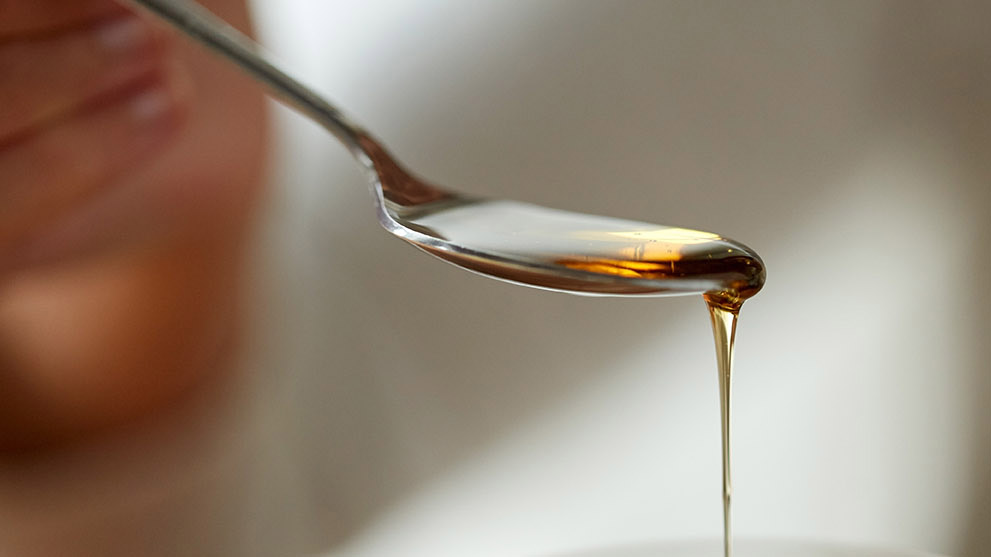
During Rosh Hashanah, Apples and Honey are a Beautiful Metaphor
Rosh Hashanah (also spelled Rosh HaShanah and Roshashana) is the Jewish New Year celebration that takes place this year from the evening of Sunday, September 9 to the evening of Tuesday, September 11th (it’s based on the lunar calendar, so dates vary year to year).
Rosh Hashanah, which means “the head of the year” in Hebrew, is also frequently associated (at least to those who are only vaguely familiar) with apples and honey.
What is the significant of apples and honey during Rosh Hashanah, you ask?
Well, the tradition of dipping an apple in honey and consuming it as part of a meal is to welcome the beginning of the year with “sweetness” and to wish that the rest of it will be the same. According to Chabad, honey, which is also sweet, is nevertheless produced by bees that can sting– an ample metaphor for the ups and downs of life (e.g. sweetness and pain). The recognition of “bittersweet” realities and the premonition that the start of a “sweet” new year bodes well for the year to come is symbolized by the arrival of apples (and to a lesser extent, honey) at local farmers markets, as apples are a Fall crop.
Like Persian New Year, many of the foods served during Rosh Hashanah have a symbolic meaning. Round challah bread symbolizes the circle of life, while the head of a fish, according to USA Today, may symbolize the “‘head’ of the year and reflect the prayer ‘let us be the head and not the tail.'”
Depending on local customs, pomegranates may also be served during Rosh Hashanah to symbolize a fruitful and abundant year (as pomegranates are rich with many seeds). So, now you know!


































